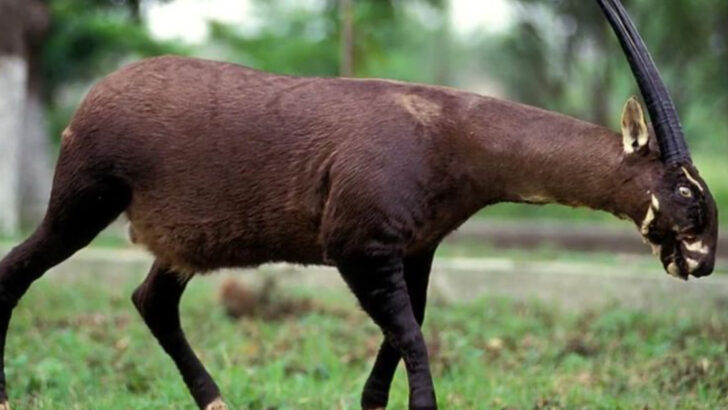The world is full of wildlife wonders, many of which remain hidden in plain sight. Some species are so rare, so unique, they feel almost like secrets of nature, waiting to be discovered. These rare subspecies are not only fascinating but also crucial to maintaining the delicate balance of their ecosystems.
From creatures that inhabit the deepest corners of the earth to those that flutter in forgotten forests, these subspecies hold their own special place in the web of life. Their roles are vital, their stories untold—until now.
In this post, we uncover 21 of the world’s most rare and mysterious subspecies. Get ready to meet these extraordinary animals and learn how they shape the natural world around them. Their beauty, rarity, and importance will leave you in awe.
Amur Leopard
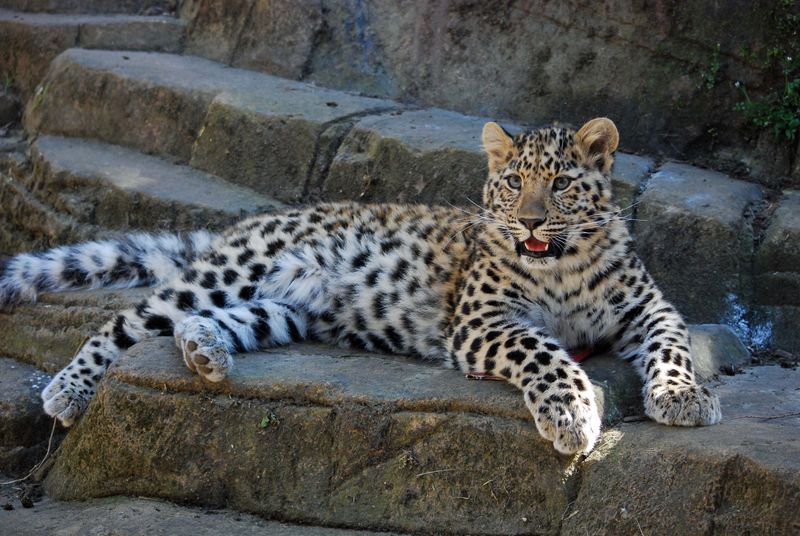
The Amur leopard is one of the most endangered big cats in the world. Found in the temperate forests of the Russian Far East, this solitary feline is known for its stunning coat patterned with widely spaced rosettes. Despite its beauty, there are fewer than 100 individuals left in the wild.
Their adaptability to cold climates is remarkable, with a thick fur insulating them against harsh winters. Their existence is threatened by poaching and habitat loss.
Conservation efforts are in place, focusing on habitat preservation and anti-poaching measures to secure their survival.
Vaquita
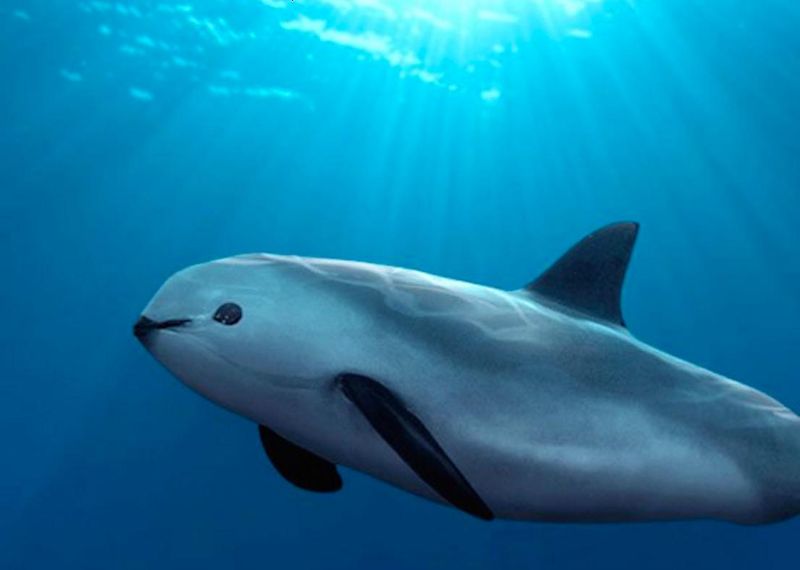
The Vaquita is the world’s smallest cetacean, found only in the northern part of the Gulf of California. This elusive creature is critically endangered, with an estimated population of fewer than 10 individuals left.
Its small, robust body is easily identified by a distinctive dark ring around the eyes and a thin line from the mouth to the dorsal fin. Vaquitas face the threat of illegal fishing practices, particularly gillnets used to catch the totoaba fish.
Efforts to save this species include banning gillnets and promoting sustainable fishing practices to prevent extinction.
Saola
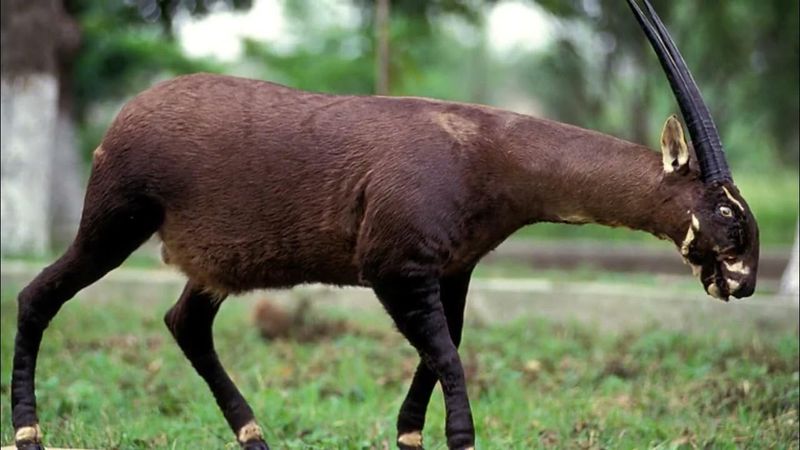
Also known as the ‘Asian Unicorn’, the Saola is a rare bovine creature found in the Annamite Mountains of Vietnam and Laos. It is one of the most mysterious animals, having been discovered only in 1992.
Characterized by its long, parallel horns and distinctive white facial markings, the Saola is critically endangered, with few sightings reported. Habitat destruction and poaching pose significant threats to their survival.
Conservationists are working tirelessly to protect their habitat and implement anti-poaching initiatives to ensure their continued existence in the wild.
Javan Rhino
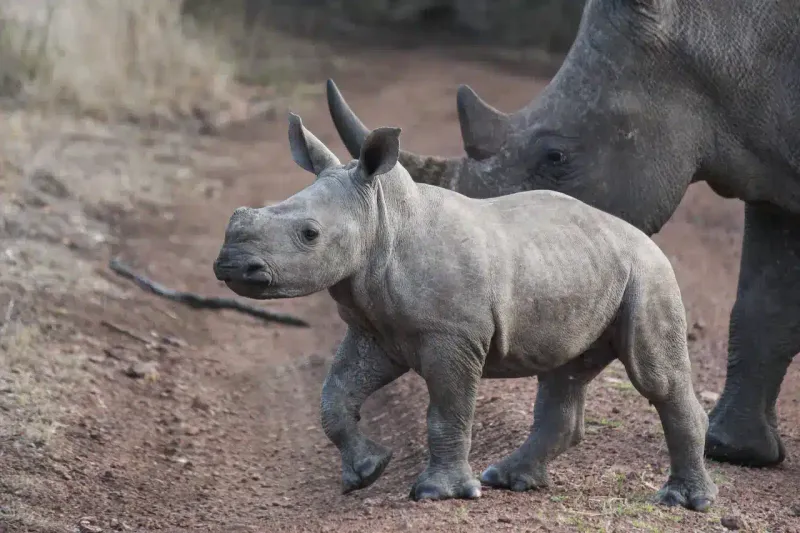
The Javan Rhino is one of the rarest mammals on earth, with only one known population living in Indonesia’s Ujung Kulon National Park. Distinguished by its single horn and armor-like skin, this rhino is critically endangered.
With fewer than 75 individuals remaining, habitat loss and poaching have pushed them to the brink of extinction. They inhabit dense lowland rainforests, swamps, and reed beds, where they feed on a variety of leaves, shoots, and fruits.
Conservation efforts focus on habitat protection, anti-poaching patrols, and creating new habitats for their expansion.
Cross River Gorilla
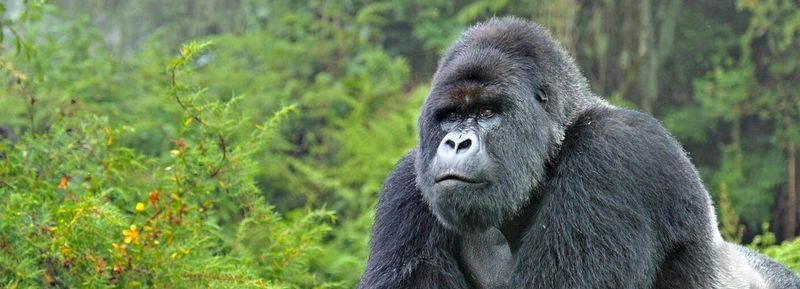
The Cross River Gorilla is the most endangered of all gorilla subspecies, with only about 200 to 300 individuals left. They inhabit the hilly, forested regions on the Nigeria-Cameroon border.
These gorillas are similar in appearance to their western lowland relatives but have distinct cranial features and a different range. They are highly social animals living in small groups led by a dominant male.
Threats include poaching and habitat destruction, but conservationists are working to protect their habitat and enforce stronger anti-poaching laws to aid their survival.
Yangtze Finless Porpoise
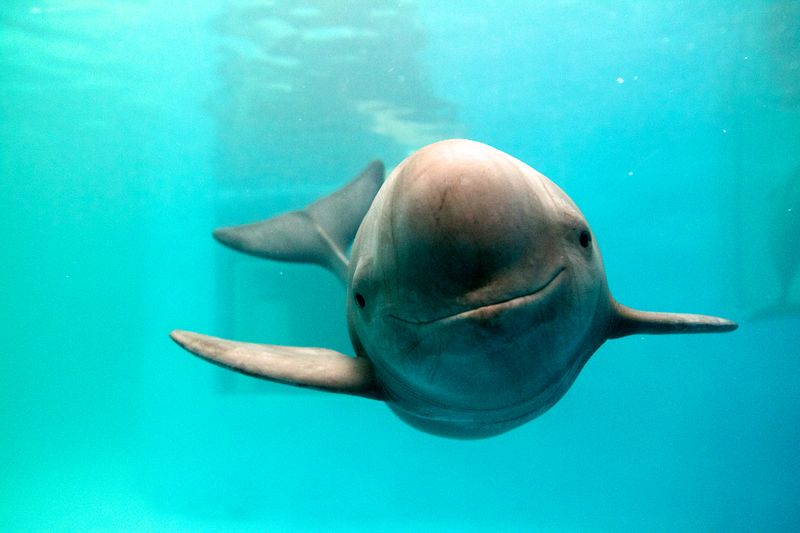
The Yangtze Finless Porpoise is a freshwater porpoise found in China’s Yangtze River. Known for its distinctive smile, it is critically endangered, with fewer than 1,000 individuals remaining.
This playful and intelligent creature navigates the murky river waters using echolocation. They face numerous threats including pollution, overfishing, and ship traffic, which disrupt their habitat and food supply.
Efforts to save them include habitat restoration and the establishment of protected areas along the Yangtze to provide a safe haven for the porpoise population.
Kakapo
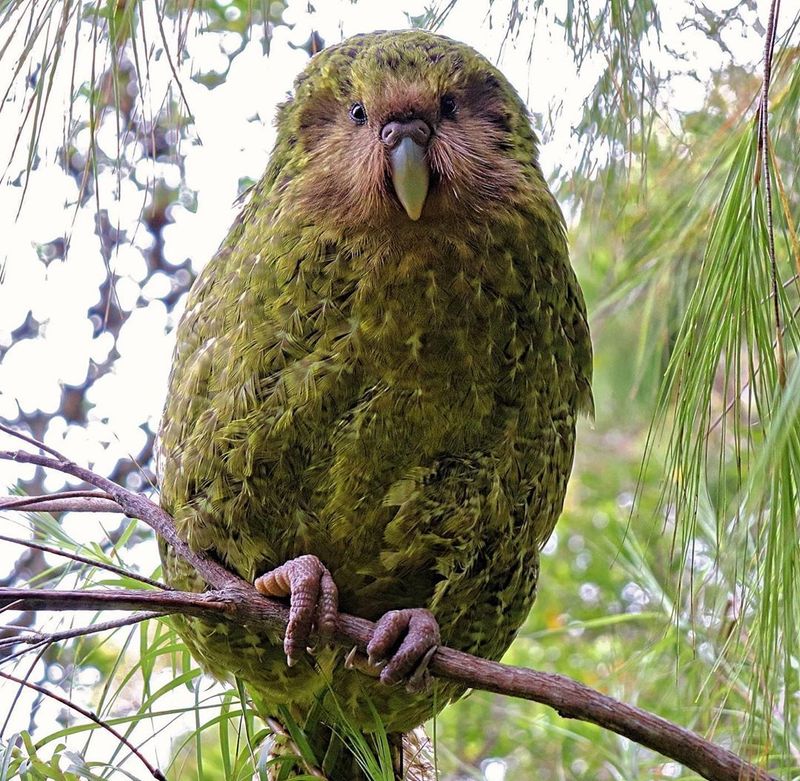
The Kakapo, or owl parrot, is a nocturnal and flightless bird native to New Zealand. With its moss-green plumage and distinctive owl-like face, this bird is critically endangered.
Once widespread, the Kakapo now exists only on predator-free islands. They are unique in their lek breeding system, where males compete for female attention through booming calls.
Conservation efforts include intensive management programs that monitor breeding, habitat restoration, and predator control to protect this unique parrot from extinction.
Ili Pika
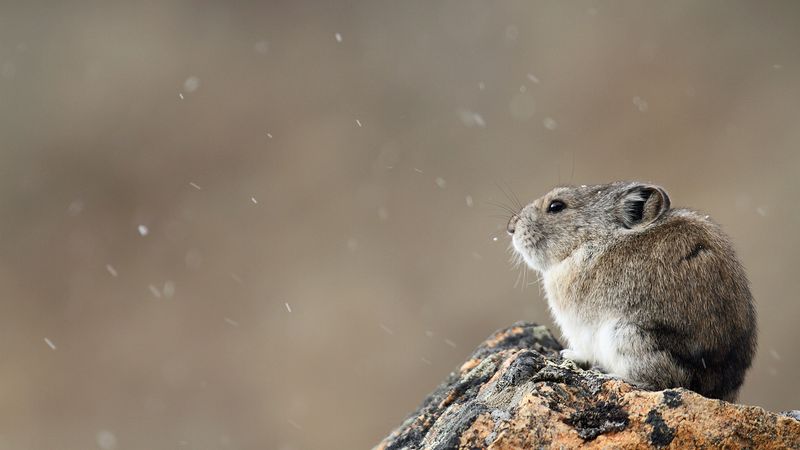
The Ili Pika, a small mammal endemic to the Tianshan Mountains of China, resembles a cross between a rabbit and a chinchilla. First discovered in 1983, it is rarely seen due to its elusive nature and declining population.
Characterized by its small size, rounded ears, and reddish-brown fur, the Ili Pika inhabits rocky mountain slopes. It faces threats from habitat loss and climate change, leading to a rapid decline in numbers.
Efforts are underway to study their population and implement conservation measures to safeguard their fragile existence.
Borneo Pygmy Elephant
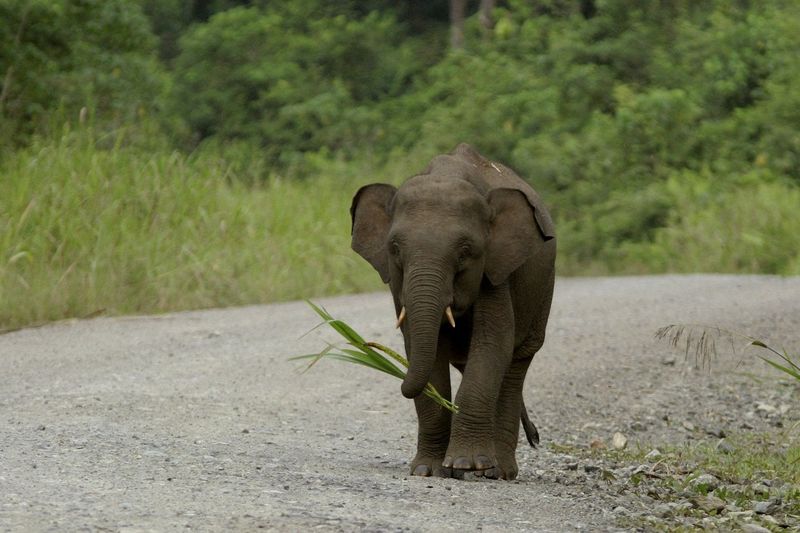
Found in the rainforests of Borneo, the Borneo Pygmy Elephant is a subspecies of the Asian elephant. Known for their smaller stature and friendlier demeanor, these elephants are critically endangered.
Their oversized ears and long tails distinguish them from other elephants. They face threats from deforestation and human-wildlife conflict, as their habitats are converted to agricultural land.
Conservation initiatives focus on habitat preservation, human-elephant conflict mitigation, and promoting coexistence to ensure their continued survival in the wild.
Philippine Eagle
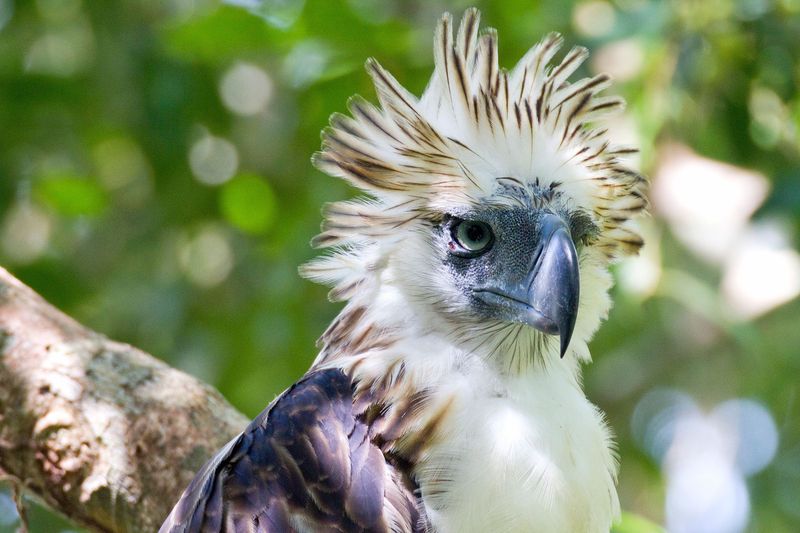
The Philippine Eagle, also known as the monkey-eating eagle, is one of the largest and most powerful birds of prey. Endemic to the Philippines, it is critically endangered, with only a few hundred pairs left.
This majestic bird is characterized by its massive wingspan, shaggy crest, and intense gaze. Deforestation and hunting have significantly reduced their habitat and numbers.
Conservationists are working to protect their habitat, raise awareness, and breed them in captivity to boost population numbers and secure their future.
Seychelles Sheath-tailed Bat
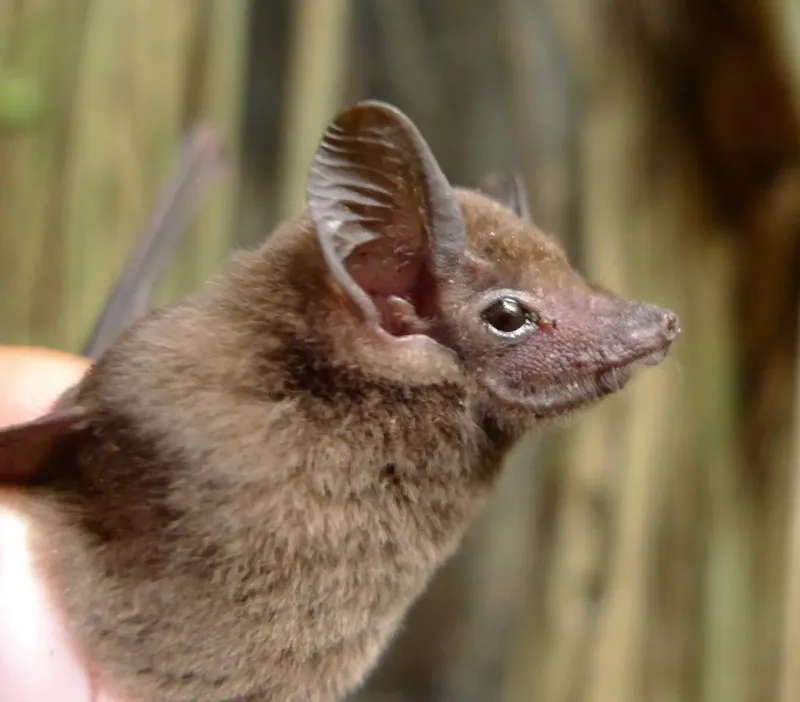
The Seychelles Sheath-tailed Bat is a rare insectivorous bat found in the granitic islands of Seychelles. Known for its distinctive sheath-like tail, this bat is critically endangered.
Its population is confined to a few caves, primarily on Silhouette Island. Habitat destruction and invasive species have drastically reduced their numbers.
Efforts to protect this species include habitat restoration and controlling invasive species to prevent further decline. Education and awareness campaigns aim to promote the importance of conserving this unique bat.
Tapanuli Orangutan
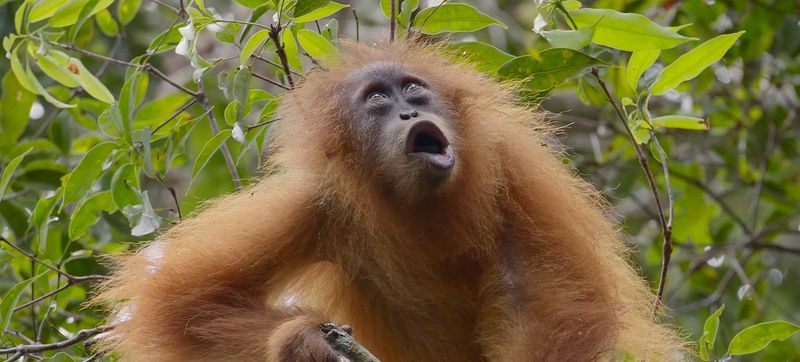
The Tapanuli Orangutan, discovered in 2017, is the rarest of the three orangutan species, residing in the Batang Toru forests of Sumatra. This arboreal primate is critically endangered, with fewer than 800 individuals left.
Known for its frizzy, ginger hair and distinct calls, it inhabits dense tropical forests. Threats include deforestation, illegal hunting, and habitat fragmentation.
Conservation efforts are focused on protecting their habitat, reducing hunting, and fostering community engagement to ensure the survival of this newly identified species.
Hirola
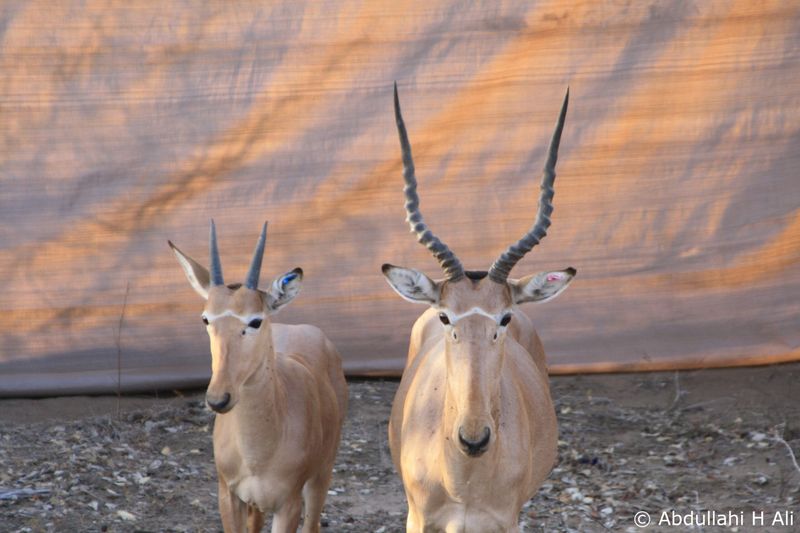
The Hirola, sometimes called the ‘Four-eyed antelope’, is one of the rarest antelopes, native to the border between Kenya and Somalia. Named for the distinctive preorbital glands that look like extra eyes, this species is critically endangered.
They inhabit arid grasslands and savannas, where they graze on grasses and shrubs. Habitat loss, disease, and predation have severely reduced their numbers, with fewer than 500 individuals remaining.
Conservation strategies include habitat restoration and disease management to boost their population and prevent extinction.
Northern Hairy-nosed Wombat
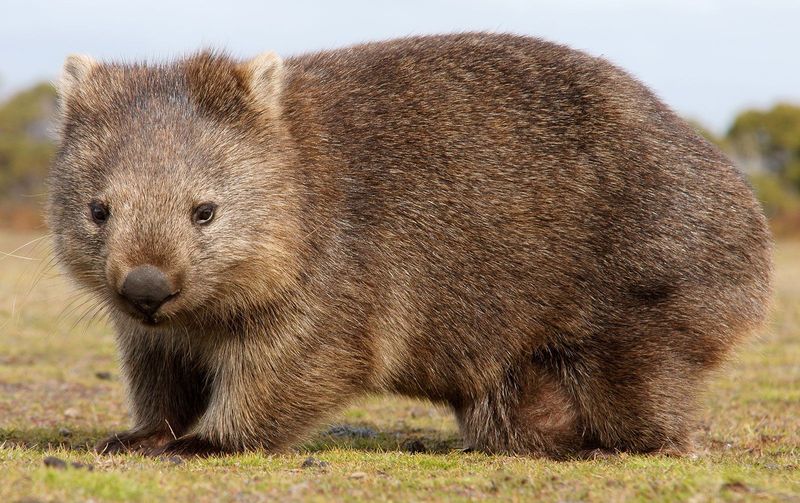
The Northern Hairy-nosed Wombat is one of the world’s rarest marsupials, found only in a protected area in Queensland, Australia. Known for its distinctive hairy nose and large size, this wombat is critically endangered.
They inhabit eucalyptus woodlands, where they forage for grasses and roots. Habitat loss, competition for food, and predation have led to their decline.
Conservation actions focus on habitat protection, predator control, and research to understand their ecology and behavior, ensuring their survival in the wild.
Sumatran Tiger
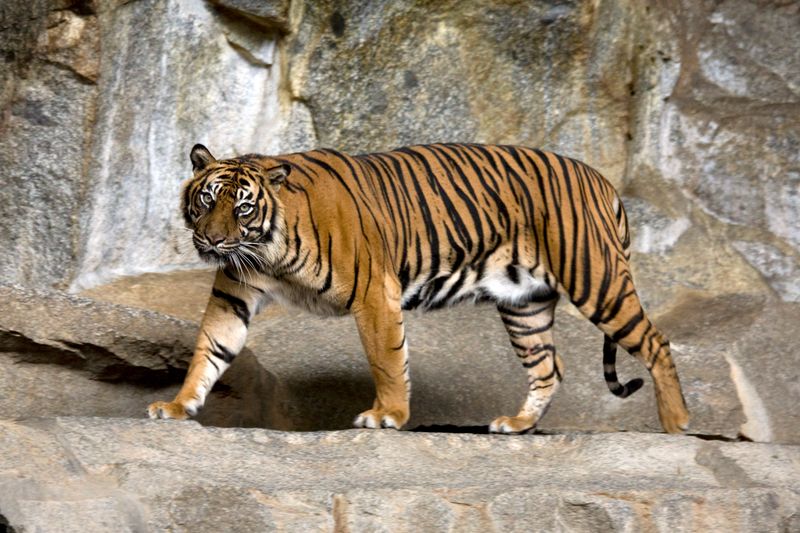
The Sumatran Tiger, the smallest of all tiger subspecies, is found only on the Indonesian island of Sumatra. Known for its distinctive dark, closely spaced stripes, this tiger is critically endangered.
They inhabit a range of environments, from lowland forests to mountainous terrain. Threats include habitat loss and poaching for their skin and bones.
Conservation efforts include anti-poaching patrols and habitat preservation to secure their survival in the wild. Breeding programs in captivity aim to bolster the population and prevent extinction.
Addax
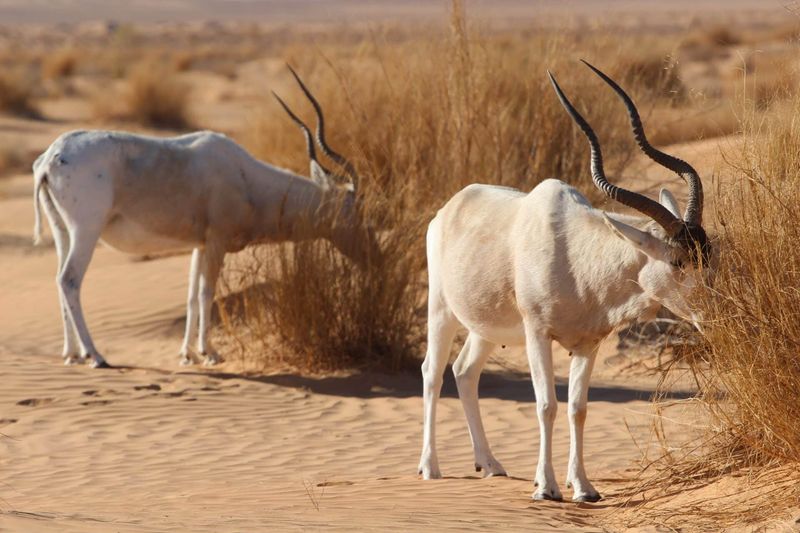
The Addax or white antelope is critically endangered, residing in the harsh environment of the Sahara Desert. Recognizable by its long, twisted horns and sandy-colored coat, this antelope is adapted to extreme desert conditions.
They are nomadic, moving in search of sparse vegetation and water. Poaching and habitat destruction have drastically reduced their numbers, with fewer than 100 individuals left in the wild.
Conservation measures focus on habitat protection and anti-poaching efforts to prevent their extinction and promote population recovery.
Baiji
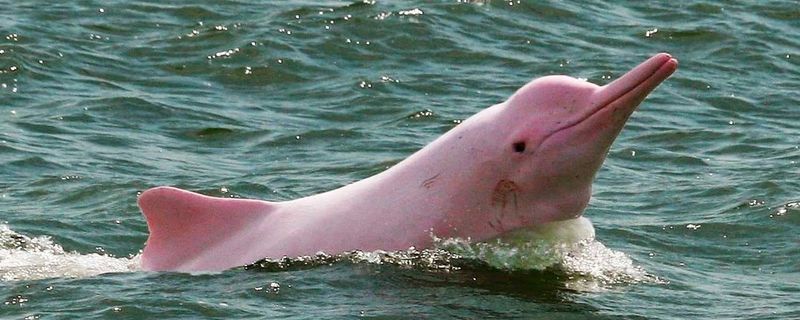
The Baiji, also known as the Yangtze River dolphin, is functionally extinct, with no confirmed sightings in recent years. Once native to the Yangtze River, it was known for its pale blue-grey skin and long, narrow beak.
This dolphin was highly adapted to the river’s turbid waters using echolocation to navigate and hunt. Human activities, including overfishing and river traffic, led to its decline.
Despite its presumed extinction, the Baiji serves as a reminder of the importance of protecting our freshwater ecosystems and the species that inhabit them.
Rondo Dwarf Galago
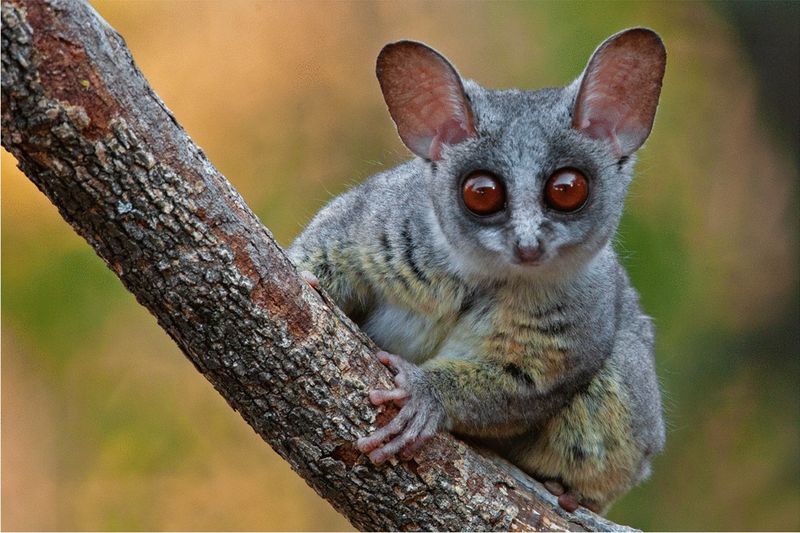
The Rondo Dwarf Galago is a tiny primate found in the coastal forests of Tanzania. Known for its diminutive size and large, round eyes, this nocturnal creature is critically endangered.
They live in small family groups and communicate through vocalizations and scent markings. Habitat fragmentation and deforestation pose major threats to their survival, as their forest home continues to shrink.
Conservation efforts include habitat restoration and protection, as well as community education initiatives to raise awareness about the importance of preserving this unique species.
Hainan Gibbon
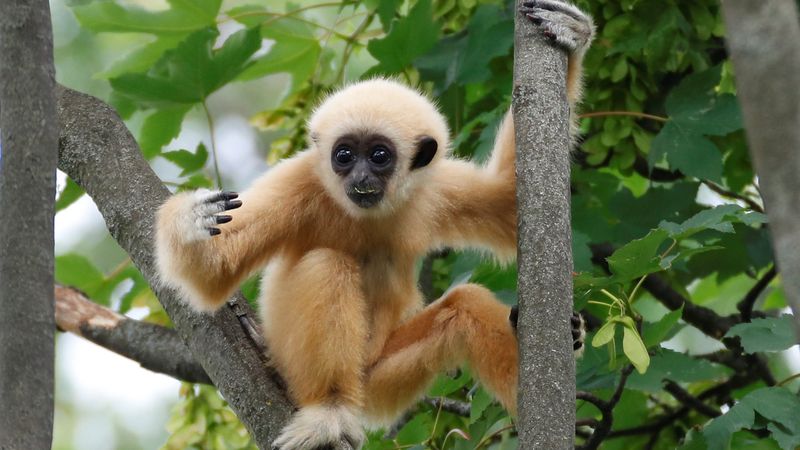
The Hainan Gibbon is the world’s rarest ape, found only on China’s Hainan Island. With fewer than 30 individuals remaining, this gibbon is critically endangered.
They are arboreal, swinging gracefully through the trees with their long arms. Habitat destruction due to logging has significantly reduced their forest habitat.
Conservationists are working on habitat restoration and reforestation projects, as well as anti-poaching initiatives, to protect the remaining population and encourage recovery of this remarkable primate.
Pygmy Three-toed Sloth

The Pygmy Three-toed Sloth is a diminutive sloth species found only on Isla Escudo de Veraguas, off the coast of Panama. Known for its small size and slow-moving nature, this sloth is critically endangered.
They inhabit mangrove forests, feeding on leaves and algae. Habitat loss and human encroachment threaten their survival, as their island habitat is limited and fragile.
Conservation efforts focus on habitat protection and sustainable tourism practices to ensure the sloth’s survival while preserving the delicate balance of their island ecosystem.
Angel Shark
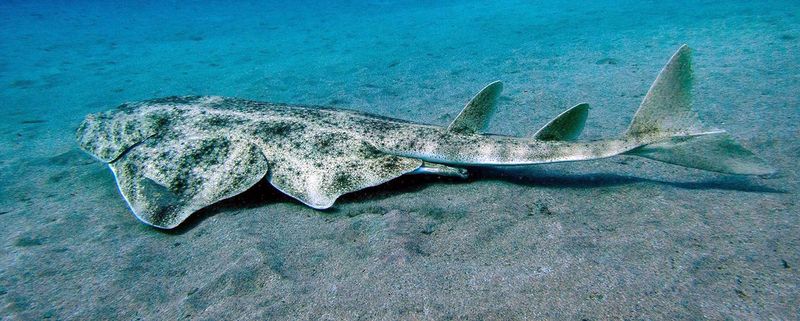
The Angel Shark, with its unique flattened body, resembles a cross between a shark and a ray. Once common in European waters, it is now critically endangered.
Living close to the ocean floor, it uses its camouflaged skin to ambush prey. Its decline is attributed to overfishing and habitat destruction.
Conservationists emphasize the need for marine protected areas to safeguard the remaining populations and promote recovery of this distinctive species.

